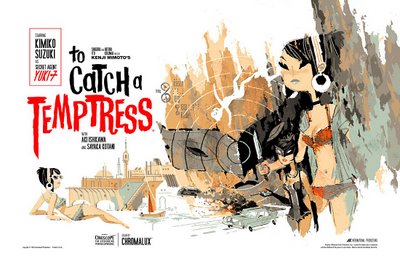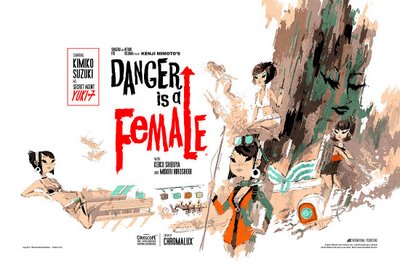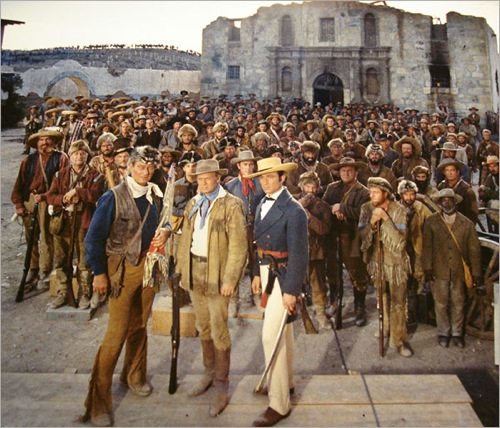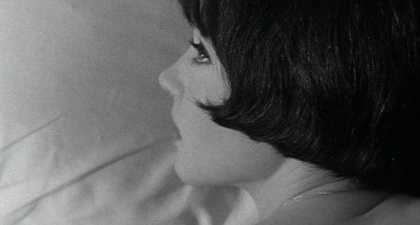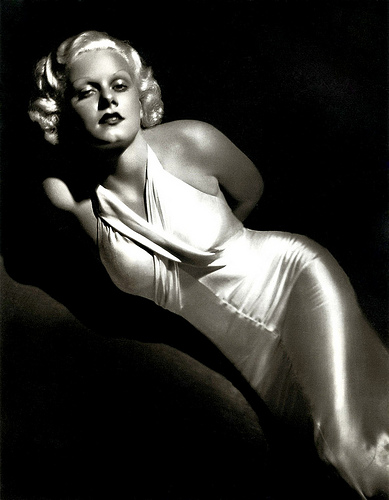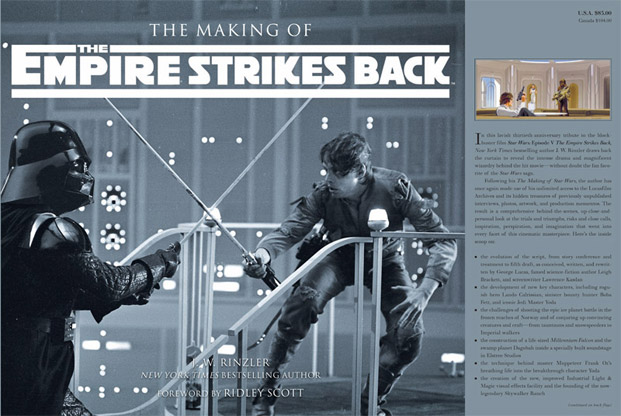
By Jason Apuzzo. I’m a little confused by this whole Megan Fox thing.
As many of you may know, Transformers star/sexpot Megan Fox was essentially fired from the next Transformers film by director Michael Bay this past week (see here) – although some reports now indicate that the comely Ms. Fox may actually have walked away from the project on her own pair of highly photogenic legs.
The reason behind the firing supposedly has to do with how difficult Ms. Fox is to work with, how she can’t get along with the crew, that she’s late, generally bitchy to borderline psychotic, that she tattoos herself (making things difficult for the makeup people), she doesn’t show up to crew parties, she’s annoyed by Middle America, she once blew off the Crown Prince of Jordan … and that she once referred to Michael Bay as Hitler.
Except for the Hitler thing, I’m not sure which of these qualities hasn’t been assigned to Angelina Jolie – but I digress.
Now here’s the thing. Transformers is Michael Bay’s franchise. He can do whatever he damn well pleases with it. But my question is this: when did the behavior of Hollywood stars suddenly matter, to the degree that it cost them roles and careers? When was the memo sent out on this, because some of us didn’t get it. Why is it that all of a sudden it matters how stars behave? For those of us who’ve been watching Alec Baldwin and Sean Penn and George Clooney lurch from one bizarre, histrionic episode to another over the years, this is really something new.
Let me put this another way. Why was it OK for years in Hollywood to call Bush Hitler, but not Michael Bay? Why is it suddenly so important that a Hollywood star watch what she says, and how she acts around others?

Or is it just that you can’t offend the wrong people.
I personally couldn’t care less about the future – or past – of the Transformers series. I’m not really interested in ‘autocons’ or ‘decepticons’ or ‘paleocons’ or whatever pseudo-mythology Michael Bay and Hasbro are currently peddling. The only reason I would ever watch these films would be to watch Megan Fox, actually.
And that’s where I think Bay is making a big mistake here. I’m sure Bay’s people have a million Victoria’s Secret models on speed-dial that they can call on for the next film; or they can go with the chick from Prince of Persia, as some are reporting. Whatever.
Ms. Fox is different, frankly. She has the sort of wicked, carnal appeal – and brazen arrogance – that make her highly appealing to men, and very compelling in front of a camera. I’m not really talking about acting here, obviously – I’m talking about something ineffable that we usually term ‘star power.’ She’s got it. And you don’t throw that away lightly. Industrial Light and Magic, as talented as they are, have no software that can replace that – regardless of what they have planned for the next Transformers.
From everything I’ve seen, Ms. Fox appears brassy, difficult, cocky, probably a little bit crazy … and you know what? Men love that. They absolutely eat it up. And they have since the beginning of time.
What the hell happened to Hollywood that they no longer understand that?



